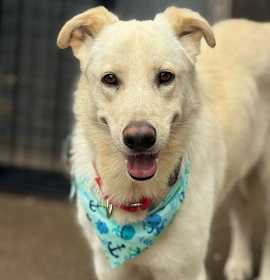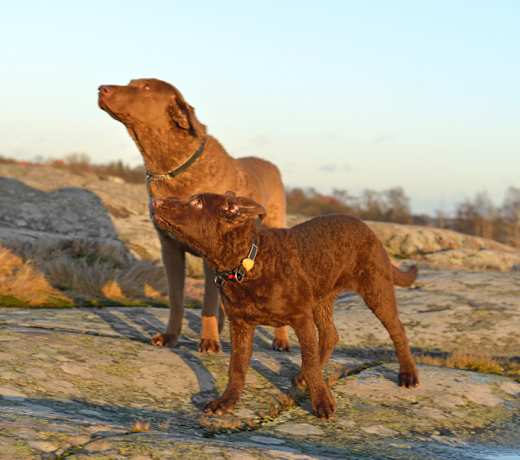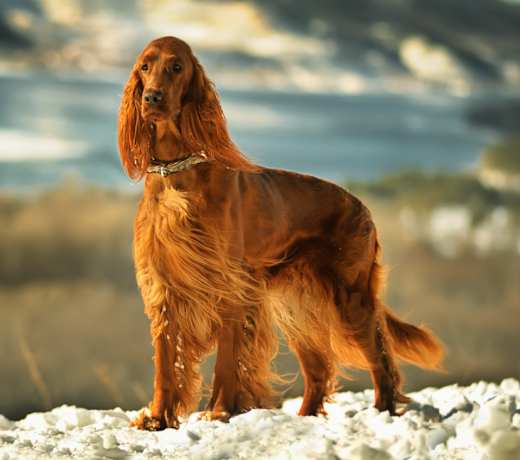The easiest way to buy a Golden Retriever is through a rescue that specializes in Golden Retrievers. A great place to start would be by starting a breed search on Adopt a Pet. The search will show you all the available Golden Retrievers in your area.
Adopt A Golden Retriever
27 available Golden Retrievers near you

Harper
Golden Retriever
Female, 2 yrs 1 mo
West Hollywood, CA
House-trained
Spayed or Neutered
Shots are up-to-date

Hunter
Golden Retriever
Male, 2 yrs 7 mos
West Hollywood, CA
House-trained
Spayed or Neutered
Shots are up-to-date

Blaze
Golden Retriever
Male, 2 yrs
West Hollywood, CA
Good with dogs
House-trained
Spayed or Neutered
Shots are up-to-date

Sundrop
Golden Retriever Australian Shepherd
Female, young
Beverly Hills, CA
Not good with dogs
Spayed or Neutered
Shots are up-to-date

Max & McKinley
Golden Retriever Shepherd (Unknown Type)
Male, 2 yrs 9 mos
Los Angeles, CA
Good with dogs
House-trained
Spayed or Neutered
Shots are up-to-date

Makai
Golden Retriever
Male, adult
Los Angeles, CA
Not good with dogs
Not good with cats
House-trained
Spayed or Neutered
Shots are up-to-date

Guero
Golden Retriever
Male, senior
Los Angeles, CA
Good with dogs
Not good with cats
House-trained
Spayed or Neutered
Shots are up-to-date

Simon
Golden Retriever Great Pyrenees
Male, 9 mos
Valley Glen, CA
Good with dogs
House-trained
Spayed or Neutered
Shots are up-to-date


Abbott
Golden Retriever
Male, 2 yrs
Los Angeles, CA
Good with dogs
House-trained
Spayed or Neutered
Shots are up-to-date

Danny
Golden Retriever
Male, 4 yrs 2 mos
Los Angeles, CA
House-trained
Spayed or Neutered
Shots are up-to-date

Popi Mike
Golden Retriever Labrador Retriever
Male, adult
Los Angeles, CA
Good with dogs
Spayed or Neutered

Christie A2252399
Golden Retriever Poodle (Standard)
Female, 9 mos
Mission Hills, CA
Search for Golden Retriever puppies and dogs
Find adoptable Golden Retriever by Beverly Hills, CA
Animal shelters near Beverly Hills, CA
Adopting a Golden Retriever
Frequently asked questions about acquiring an Golden Retriever - the pros and cons of adopting versus going through a breeder, and associated costs.
The cost to buy a Golden Retriever is between $500 and $4,000, depending on whether or not they’re from working dog or show-dog bloodlines. Buying Golden Retrievers from breeders can be prohibitively expensive, but you can adopt a Golden Retriever at a much lower price. The cost to adopt a Golden Retriever from a shelter or rescue is around $300 in order to cover the expenses of caring for the dog before adoption.
Many people find Golden Retriever puppies to be worth the time, effort, money, and commitment required to raise them. But they aren’t the right fit for every lifestyle. Golden Retrievers require an active lifestyle with regular exercise and mental stimulation and significant time and effort in terms of training, socialization, and grooming. And remember that dogs have a relatively long lifespan, so make sure you’re fully committed before adopting any dog.



